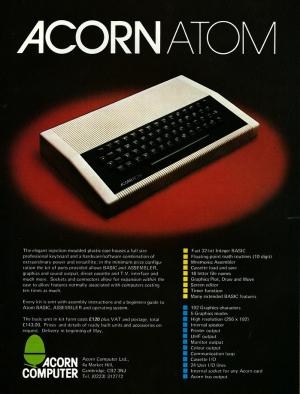
Acorn Atom
Acorn Atom Specifications
| Manufacturer: | Acorn Computers |
| Developer: | Acorn Computers |
| CPU: | MOS Technology 6502 clocked at 1MHz |
| Memory: | 2KB ~ 12KB RAM, 8KB ~ 12KB ROM |
| Graphics: | MC6847 Video Display Generator (VDG) |
| Sound: | 1 channel, internal loudspeaker |
| Medium: | 100KB 5¼ Floppy, Cassette |
| Display: | 64×64 (4 colours), 64×96 (4 colours), 128×96 (monochrome), 64×192 (4 colours), 128×192 (2 colours), 256×192 (monochrome) |
| Controllers: | 1 |
The Acorn Atom is a British home computer that was released in 1980. It was designed to be accessible to users who were interested in learning how to program, and it featured a relatively simple design that made it easy to understand and use.
The Atom was based on the MOS Technology 6502 processor, which was also used in many other popular home computers of the era, including the Apple II and the Commodore 64. It had a clock speed of 1 MHz, 2KB of RAM (which could be expanded to 12KB), and it used cassette tapes for storage.
One of the unique features of the Atom was its modular design. The computer itself was sold as a kit, which meant that users had to assemble it themselves before they could use it. However, this also meant that users could customize the computer to their specific needs, by adding or removing modules as necessary.
Despite its relatively low price and ease of use, the Atom was not a commercial success. It faced stiff competition from other home computers such as the Sinclair ZX Spectrum and the BBC Micro, both of which were released around the same time. Nevertheless, the Atom has gained a following among vintage computer enthusiasts, who appreciate its simplicity and its place in computing history.
The minimum Atom had 2 KB of RAM and 8 KB of ROM, with the maximum specification machine having 12 KB of each. An additional floating-point ROM was also available. The 2 KB of RAM was divided between 1 KB of Block Zero RAM (including the 256 bytes of "zero page") and 512 bytes for the screen (text mode) and only 512 bytes for programs (presumably in text mode, mode 0, and graphics not available), i.e. written in the BASIC language. When expanded up to a total of 12 KB RAM, the split is 1 KB, 5 KB for programs, and up to 6 KB for the high-resolution graphics (the screen memory could be expanded independently from the lower part of the address space). If the high-resolution graphics were not required then up to 5½ KB of the upper memory could additionally be used for program storage. The first 1 KB, i.e. Block Zero, was used by the CPU for stack storage, by the OS, and by the Atom BASIC for storage of the 27 variables.
It had an MC6847 Video Display Generator (VDG) video chip, allowing for both text and graphics modes. It could be connected to a TV or modified to output to a video monitor. Basic video memory was 1 KB but could be expanded to 6 KB. Since the MC6847 could only output at 60 Hz, meaning that the video could not be resolved on a large proportion of European TV sets, a 50 Hz PAL colour card was later made available. Six video modes were available, with resolutions from 64×64 in 4 colours, up to 256×192 in monochrome. At the time, 256×192 was considered to be high resolution.
The case was designed by industrial designer Allen Boothroyd of Cambridge Product Design Ltd.
It had a built-in minor variation of Acorn System BASIC, a fast but idiosyncratic version of the BASIC programming language developed by Sophie Wilson, which included indirection operators (similar to PEEK and POKE) for bytes and words (of 4 bytes each); the use of a semi-colon to separate statements on the same line of code (instead of the colon used by most if not all other versions of BASIC); and the option of labels rather than line numbers for GOTO and GOSUB commands. Assembly code could be included within a BASIC program, because the BASIC interpreter also contained an assembler for the 6502 assembly language which assembled the inline code during program execution and then executed it. This was unusual.
In late 1982, Acorn released an upgrade board for the Atom which allowed users to switch between Atom BASIC and the more advanced "BBC BASIC" used by the BBC Micro. The upgrade was purely to the programming language; the Atom's hardware capabilities remained unchanged, and hence, contrary to some pre-release beliefs, the BBC BASIC ROM did not allow Atom users to run commercial BBC Micro software, since nearly all of it took advantage of the BBC machine's much more advanced graphics and sound hardware and greater RAM capacity. Commercial BBC Micro cassettes could not have been loaded anyway, as they ran at a transfer rate of 1200 baud and the Atom's cassette interface only supported 300 baud.
Latest on Acorn Atom
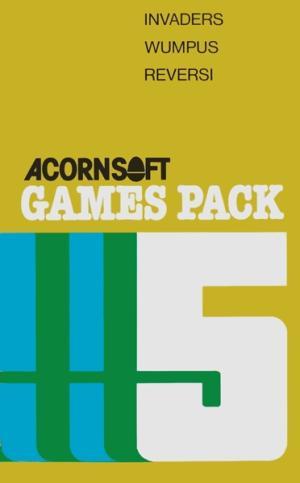
Games Pack 5
GAMES PACK 5 INVADERS The most popular video game, with invaders, flying saucers, shelters, and full sound effects, now available for the ATOM. P...
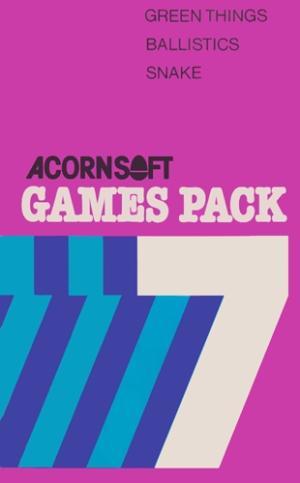
Games Pack 7
GAMES PACK 7 GREEN THINGS Your computer has just informed you that an alien life-form has invaded your spacecraft; your only hope of survival is t...
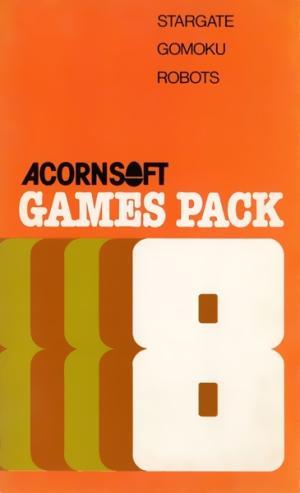
Games Pack 8
STARGATE Protect your missile base against the waves of invading aliens who attack by warping through stargates and aim for the highest score. A high...
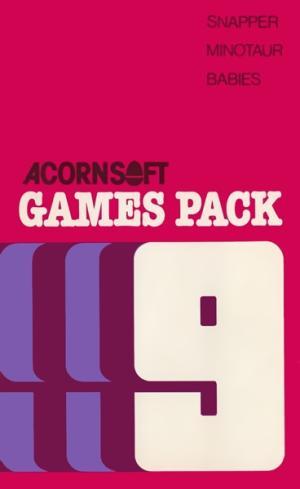
Games Pack 9
GAMES PACK 9 SNAPPER: Guide the Snapper through the maze eating dots and avoiding the creatures from the cave. Before you can eat them you must eat...